One? I’ll give you four! Since the Pyro-C energy sensors (e.g., PE25-C) were released about a year ago, many might wonder why not just stick with a Legacy sensor (e.g., PE25). Isn’t it just the same sensor with a C tacked on? However, a quick comparison of the two sensors shows that the Pyro-C line has taken pyroelectric sensors to a new level.
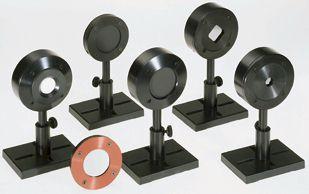
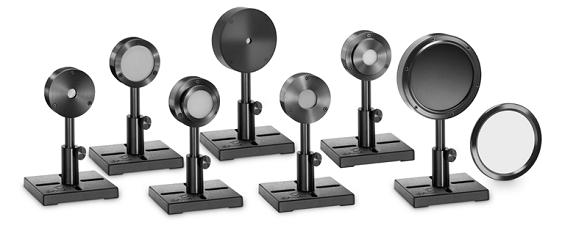
Pyroelectric sensors measure lasers in two basic stages. First, the light is absorbed by the pyroelectric crystal and a proportional charge separation is created. Next, this charge must be converted into a readable signal. This is accomplished via electronics. It is important to understand that the physical process (absorption and charge separation) is restricted by physical qualities of the pyroelectric crystal, while the electronics can be optimized to meet different needs. The Pyro-C line of sensors has improved this circuitry to produce better results in a number of ways:
- Maximum Pulse Rate and Width: The maximum pulse width is limited by the maximum duty cycle that the circuit can process. The new Pyro-C circuit design increases the maximum possible duty cycle so even a very long pulsed laser can be measured at a relatively high pulse rate. For example, the PE10 (Legacy) had a max pulse rate of 4kHz at 20μs, while the PE10-C accepts up to 5kHz for a 30μs pulse width. This increase in pulse rates can be seen across the board in the new Pyro-C energy sensors. Since setting a pulse width still limits the maximum pulse rate to some extent, the Pryo-C offers more choices of pulse width settings. This enables a user to set the sensor at a pulse width tailored to the laser that is being tested, thereby raising the possible pulse rate. The Legacy PE25, for example, had only two options: 30μs to 1ms. The PE25-C, however, can be set to five maximum pulse width settings: 2μs, 30μs, 500μs, 1ms and 5ms. The Pyro-C sensors have increased the number of user options, not to mention expanding their range.
- Adjustable User Threshold: Since pyroelectric energy sensors are very sensitive it is important to have a minimum energy threshold, below which noise will not cause false triggering. This is especially useful in environments with vibration. On the other hand, this threshold needs to be lowered for a weak energy source. Because of this tradeoff between false triggering and lowest measurable energy, Pyro-C allows the user to set the threshold to anything up to 25% of the full scale.
- Lower measurable energy: Another byproduct of Pyro-C’s improved electronics is the ability to measure even lower energy. The lowest measurable energy in Pyro-C energy sensors can be as little as half that of a corresponding Legacy model. This is further lowered when comparing Pyro-C’s BF coated models to the old BB coatings.
- Size: The Pyro-C sensors incorporate all these new features and upgrades in an even smaller head. Below is a picture comparing a Legacy model (left) with the new Pyro-C energy sensor (right).
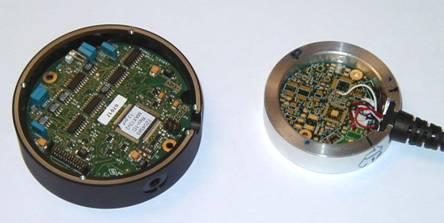
The Legacy models of pyroelectric sensors worked fine, but many times it is worthwhile or even crucial to upgrade to a sensor that has a wider range of settings and more inclusive thresholds, not to mention a smaller body to fit them in. All this and more can be found in the new Pyro-C line.
You might also like to read: Pyroelectric sensors for measuring high repetition rate pulsed lasers
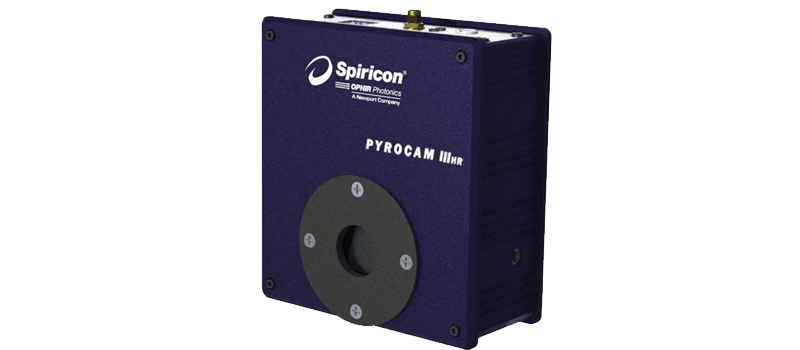



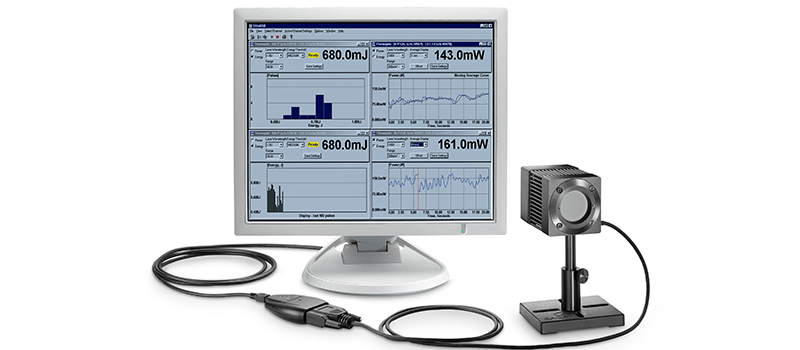
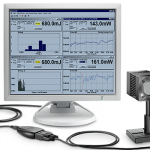


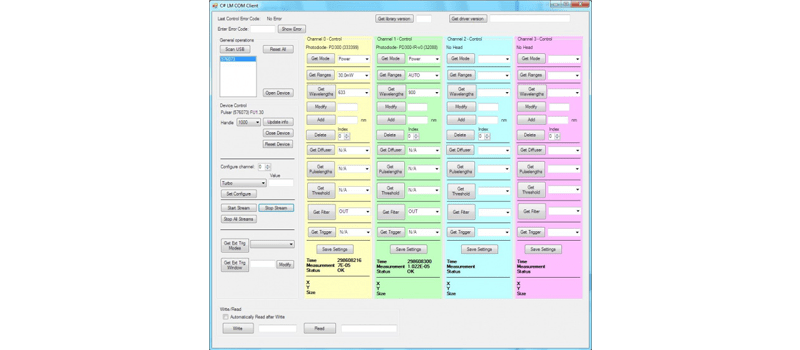
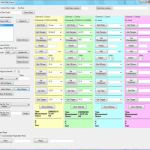
Power is the most important feature of a laser pointer. The more power a pointer has, the more expensive it will be. It is important to select the power of the pointer according to your uses.